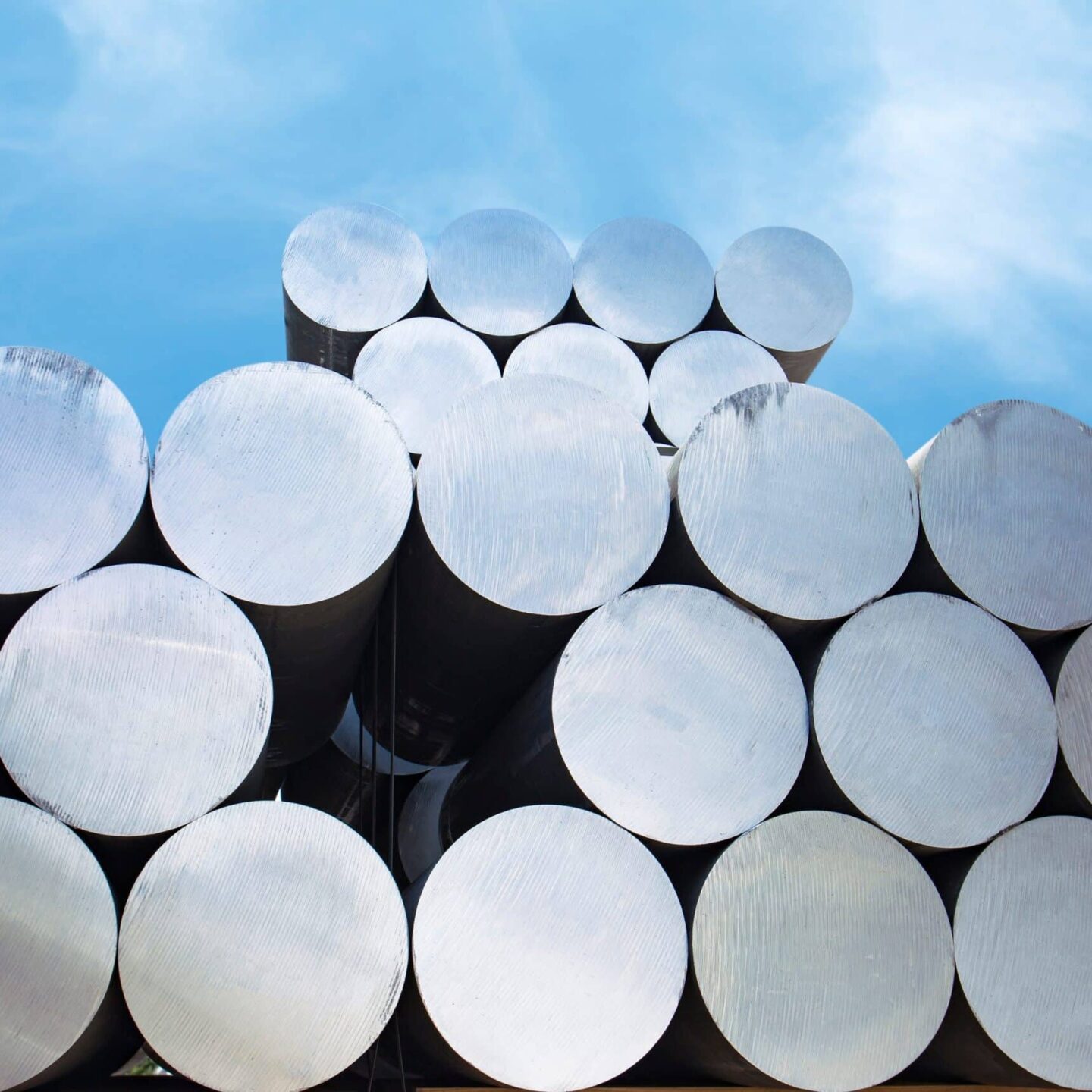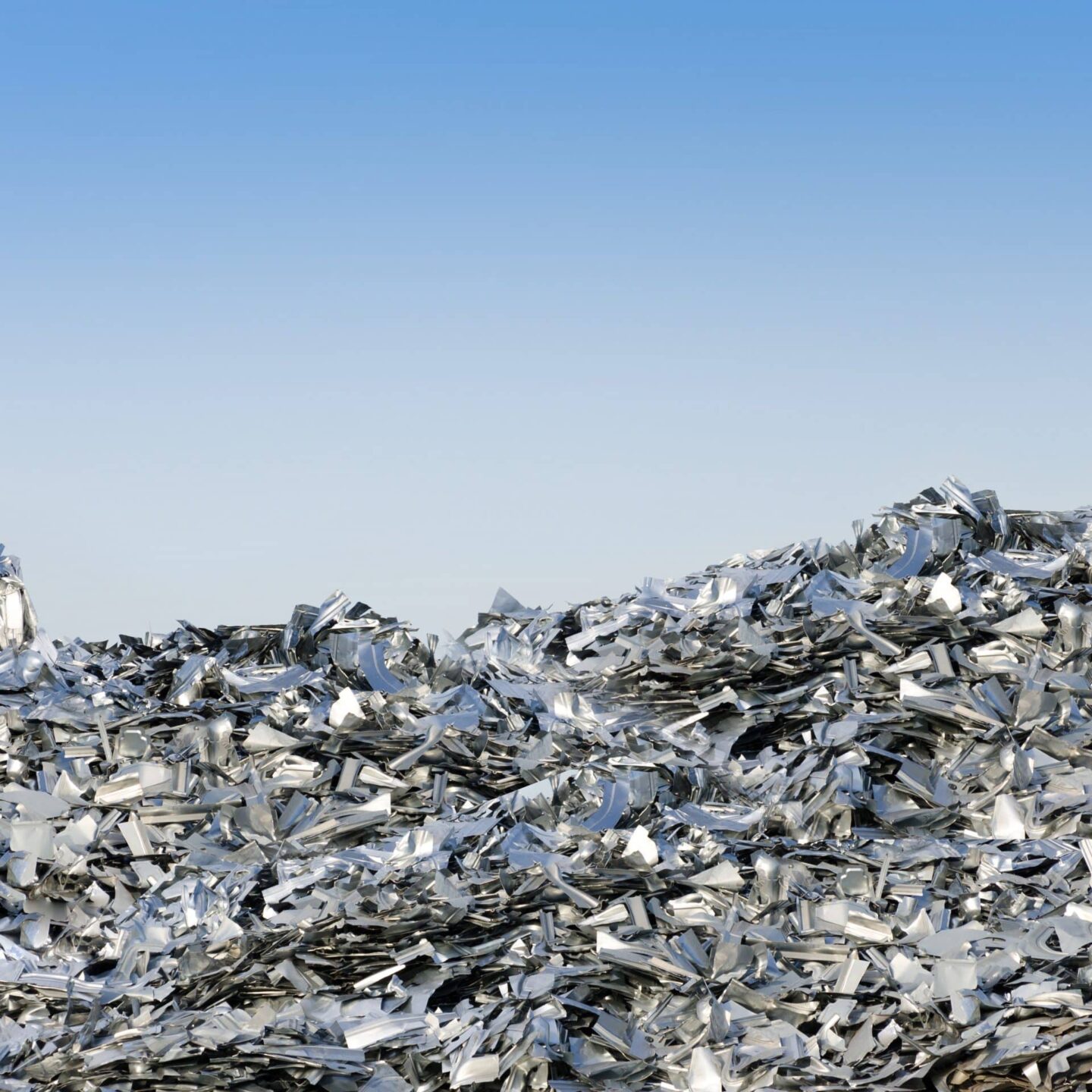Past IAI reports have used the recommended UNFCCC GWPs which are based on Climate Change 1995, The Science of Climate Change: Summary for Policymakers and Technical Summary of the Working Group I Report, page 22. (see reference https://unfccc.int/ghg_data/items/3825.php) and these values are still the recommended values for parties to the Convention to report GHG emissions data. The GWP values (7390 for CF4 and 12,200 for C2F6) contained in IPCC AR4 issue apply to IAI annual publication till 2019.
From 2021, PFC data is published biennially, inclusive of both – high voltage (HV) PFC emissions and low voltage (LV) PFC emissions by following the 2019 Refinement to the 2006 IPCC Guidelines for National Greenhouse Gas Inventories (https://www.ipcc.ch/report/2019-refinement-to-the-2006-ipcc-guidelines-for-national-greenhouse-gas-inventories/). GWP values updated in IPCC AR5 are adopted, ie. 6630 for CF4 and 11,100 for C2F6
From 2024, GWP values updated in IPCC AR6 are adopted, ie. 7380 for CF4 and 12,400 for C2F6.
The IAI considers the figures shown to be reliable, but they may be subject to revision. One asterisk * indicates that the number is revised from previous publication.





